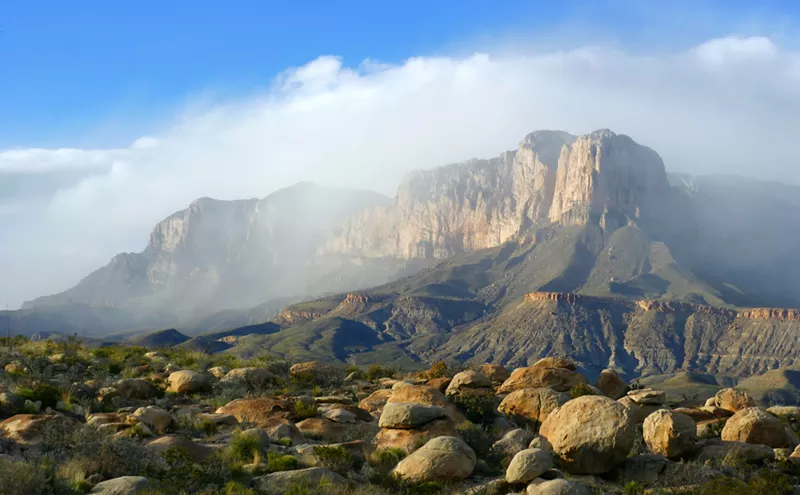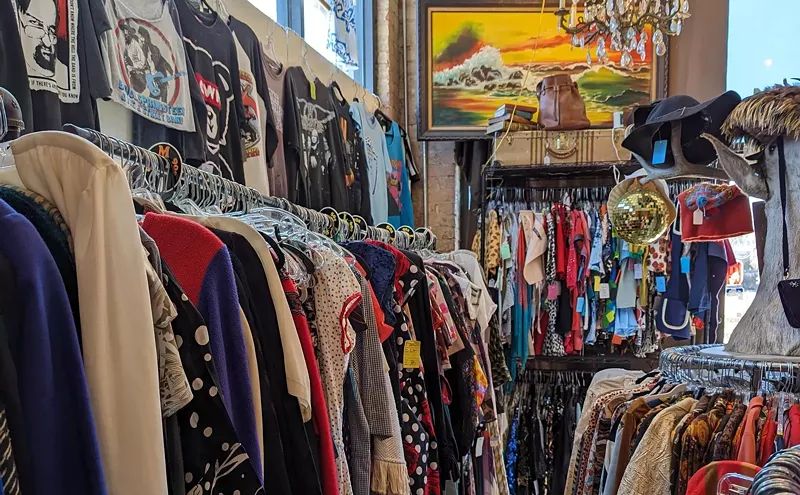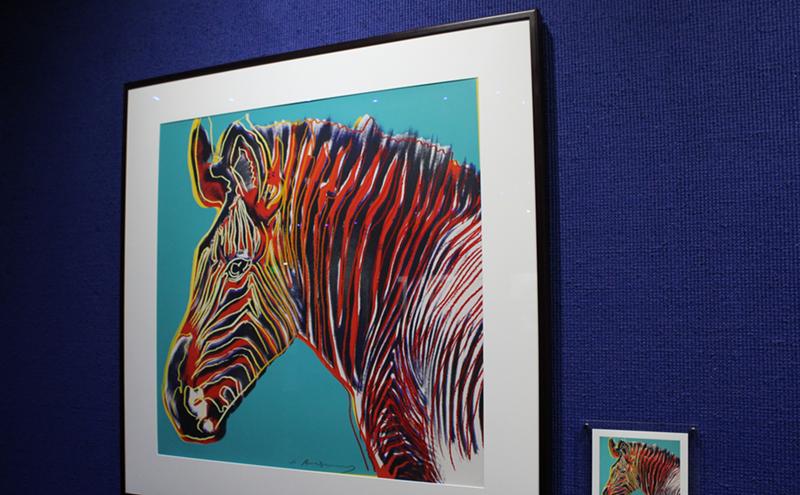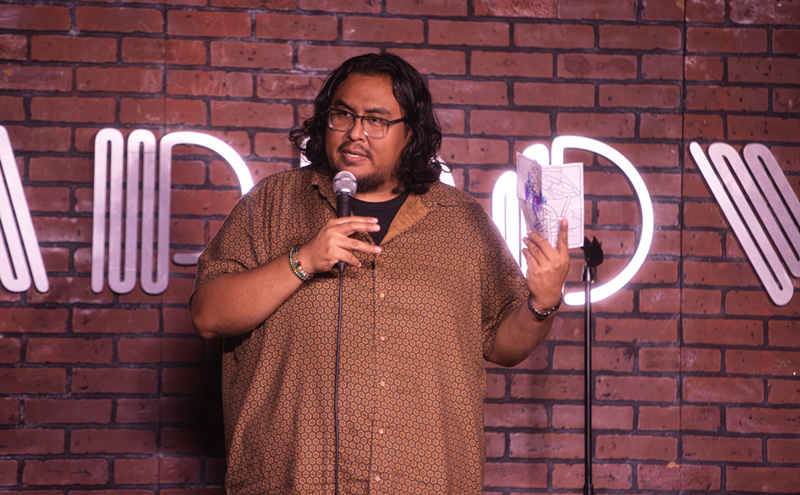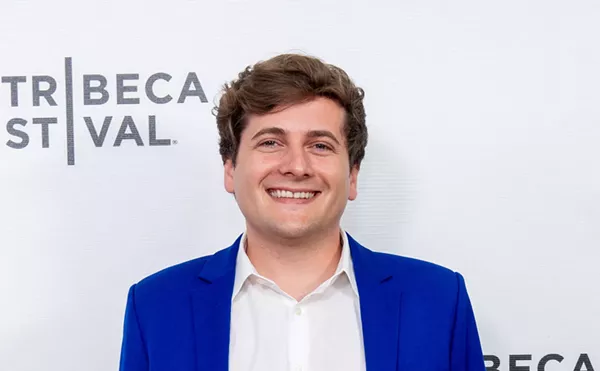"I thought it sounded like Saturday Night Fever goes Latin," says Susan Kandell Wilkofsky, who, along with partners Claudia Loewenstein and Mark Birnbaum, produced Salsa Caliente, a documentary about the local salsa dance scene. "All these people who live for the weekend to go dancing. But once we got into it, I realized there was a whole lot more to it."
The idea for Salsa Caliente came from Loewenstein, a native of Chile and longtime salsa dancer herself. She knew that this decades-old Latin dance was intriguing not because women's magazines pegged it as the next swing craze, but because of the regular dancers. They were just that--regular people.
In the hourlong film, she, Kandell Wilkofsky and Birnbaum introduce a Puerto Rican high school teacher from Garland who's played the congas his whole life, a Latin American mechanic and an Anglo nurse who went, as Kandell Wilkofsky says, "from mousy to vavoom" because of confidence gained in salsa dancing. Then there's Marilyn and Auggie, salseros who see the dance as more than a way to escape the workweek. They opened a studio and performance group called MamboJam, through which they transmit the cultural heritage of Latin America through salsa.
And that's part of a larger message in Salsa Caliente, according to Kandell Wilkofsky. "You don't have to be model-thin or have a model's face or a model's body," she says. "You just have to want to dance. Women are accepted as who they are not what they look like." Salsa appeals to a wide range of people: Latin and Anglo, slender and curvaceous, tall and short. And, so far, she says, Salsa Caliente is reaching an equally diverse audience, playing in local film festivals and garnering praise from Tito Puente Jr., whose father was interviewed for the documentary just months before his death last year.



